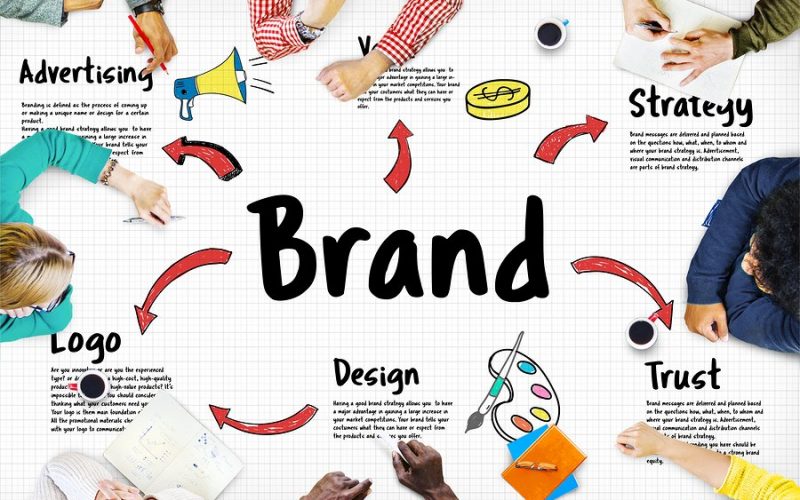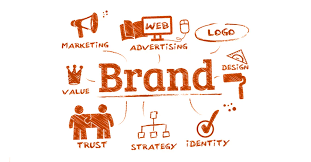12
Jan
Rambutan is a tropical fruit that is rich in various nutrients. The following are some of the key nutrients found in rambutan: Nutrients Carbohydrates: Rambutan is a good source of carbohydrates, which provide energy to the body. Fiber: Rambutan contains dietary fiber, which aids in digestion and helps maintain bowel regularity. Vitamin C: Rambutan is a rich source of vitamin C, also known as ascorbic acid. Vitamin C is an antioxidant that helps protect the body against damage from free radicals and supports a healthy immune system. Copper: Rambutan contains copper, a trace mineral that is essential for the formation…









